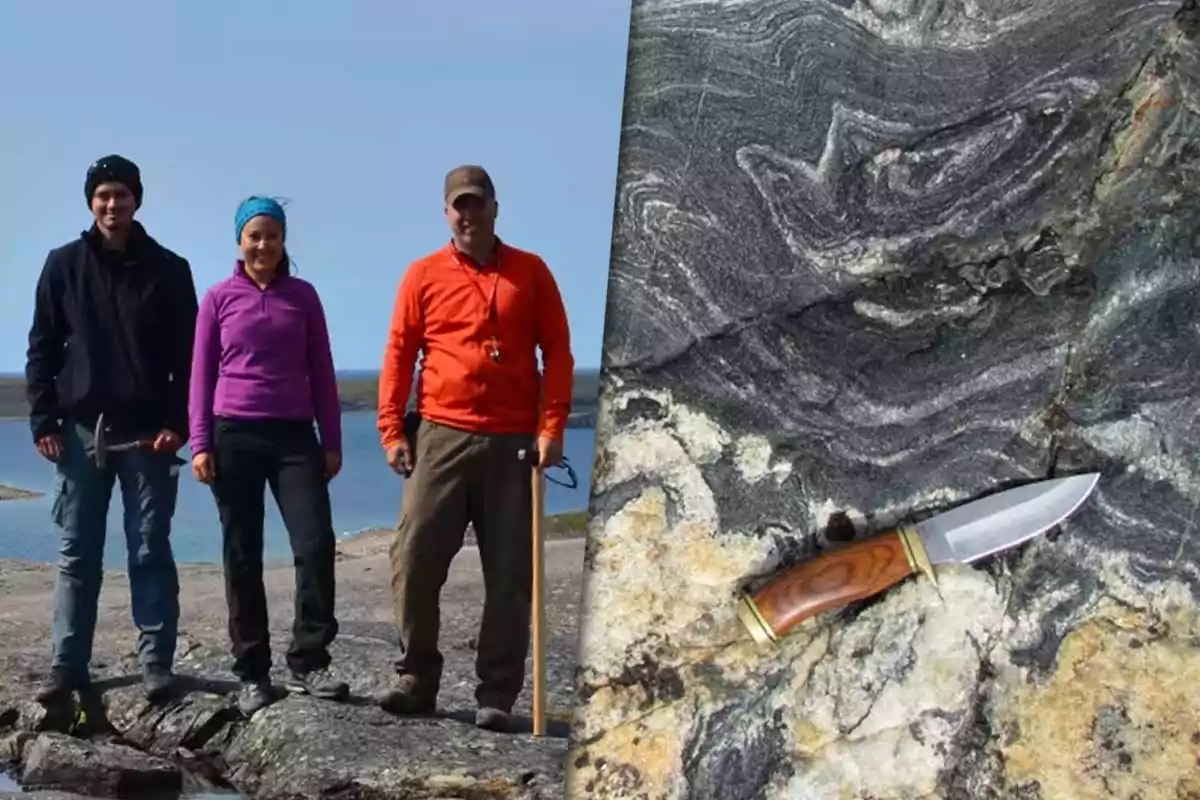
Scientists have revealed the exact age of the oldest rocks on the planet
An analysis in Canada confirmed that they are 4.16 billion years old, and they are the oldest ever found on Earth
A new study confirmed the exact age of a set of rock formations in northeastern Canada. The finding puts an end to a scientific debate that lasted more than 15 years.
The Nuvvuagittuq belt rocks, located near Hudson Bay, were analyzed with precise techniques and were determined to date back 4.16 billion years. This makes them the oldest known on the Earth's surface.
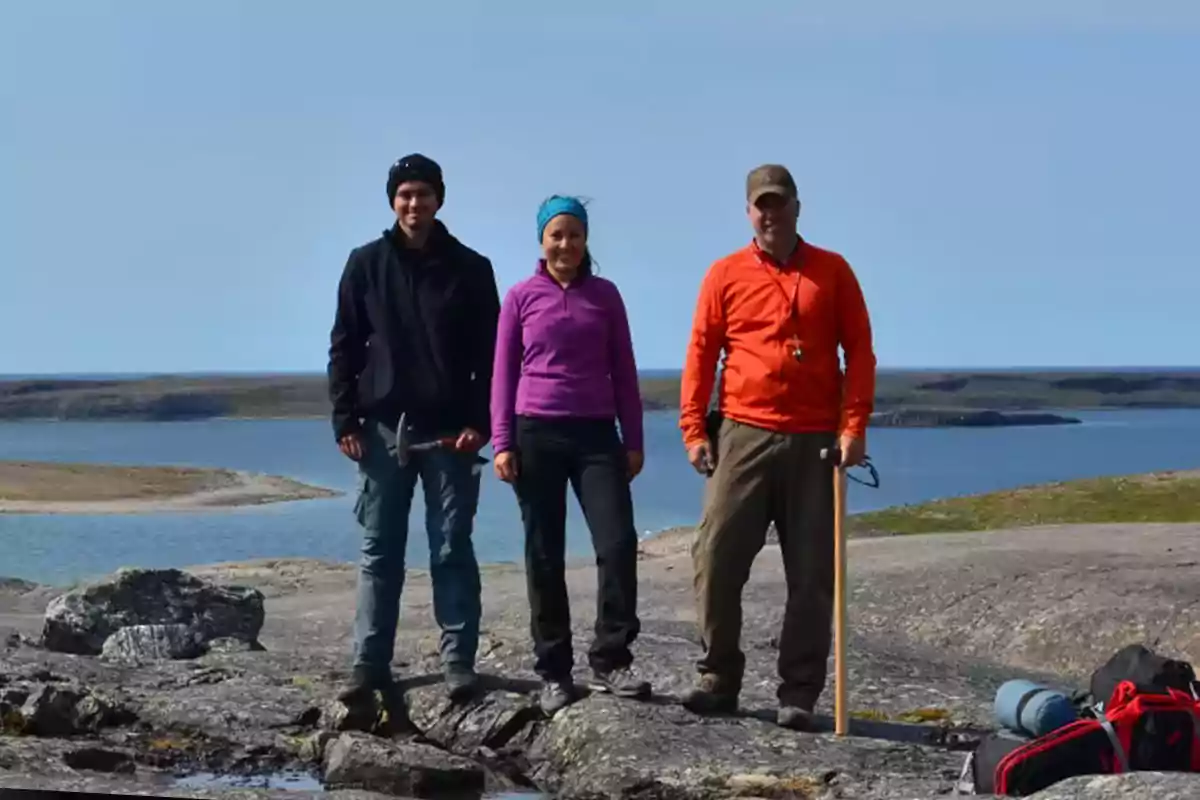
Where are they and why are they so important?
The finding took place in the Nuvvuagittuq Greenstone Belt in Quebec, Canada. It is a remote area, near the Inuit municipality of Inukjuak.
These formations correspond to the Hadean eon, the first chapter in Earth's history. The planet was an extreme volcanic environment and life did not yet exist.
A scientific discussion that lasted more than 15 years
The scientific community had been debating the real age of these rocks for more than a decade. Previous studies estimated between 3.3 and 4.3 billion years, but there was no consensus.
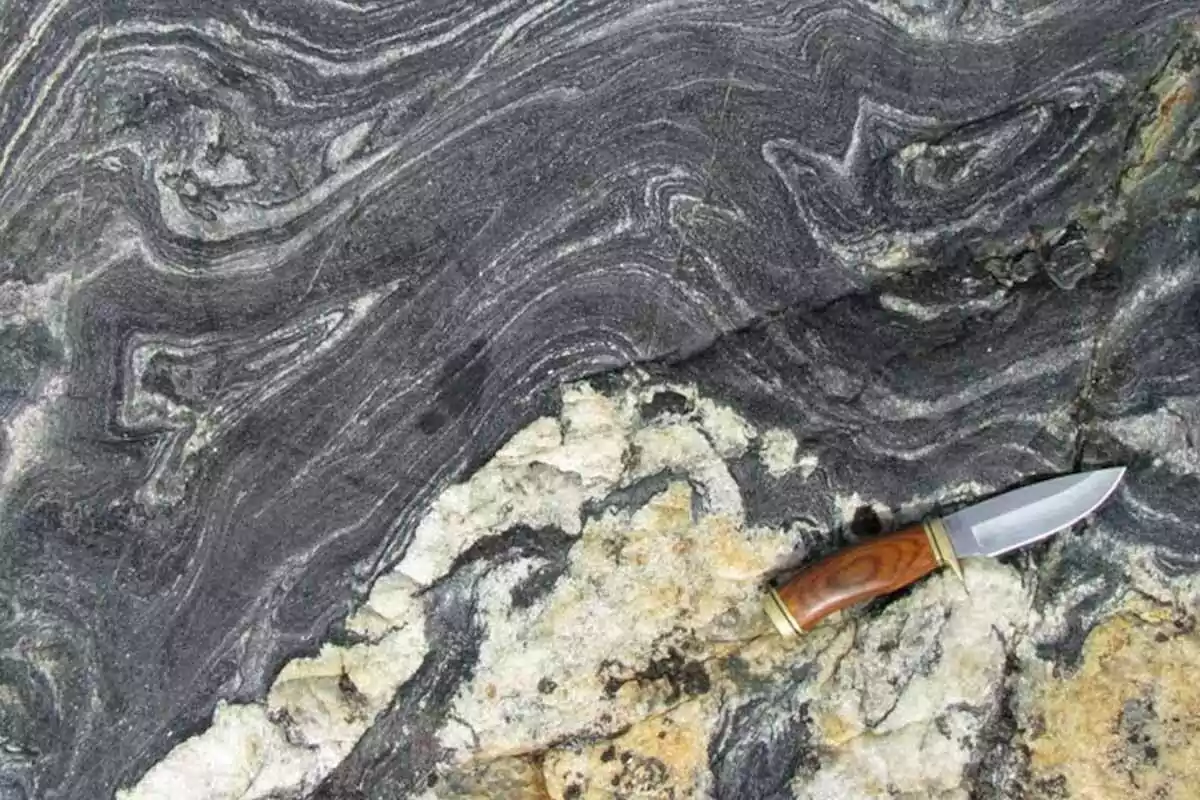
According to geologist Jonathan O’Neil, author of the study published in the journal Science, this new research was key because samples from an area never before studied were analyzed.
How was the age determined?
The researchers used two different radiometric dating methods: one based on samarium and neodymium, and another, more precise, on uranium and lead.
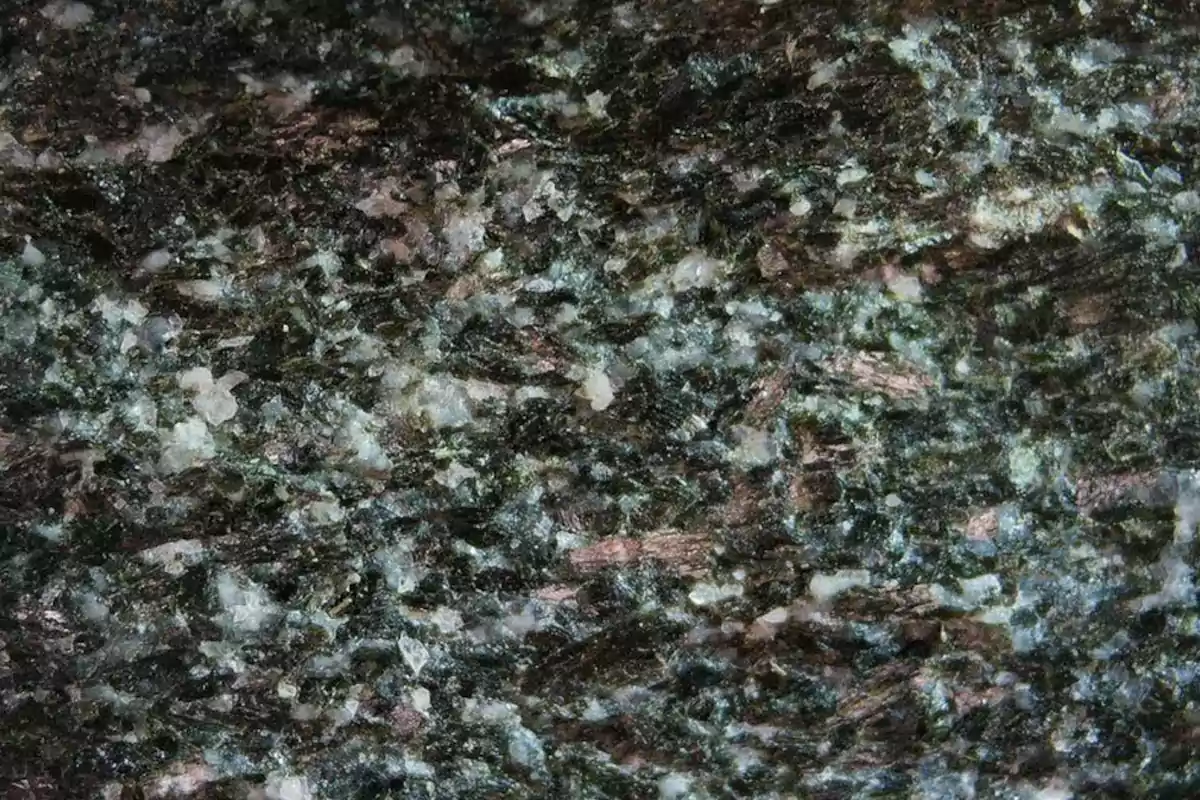
Both agreed on the same figure: 4.16 billion years. That places these rocks above the Acasta Complex, which is 4.03 billion years old.
Why does this change what we know about the planet?
This discovery offers a unique window into Earth's origins. The rocks are not only ancient, but they also preserve chemical traces of contact with water.
It is believed that some rock intrusions cooled when primordial rains fell on magma. That water would have evaporated from the planet's first seas.
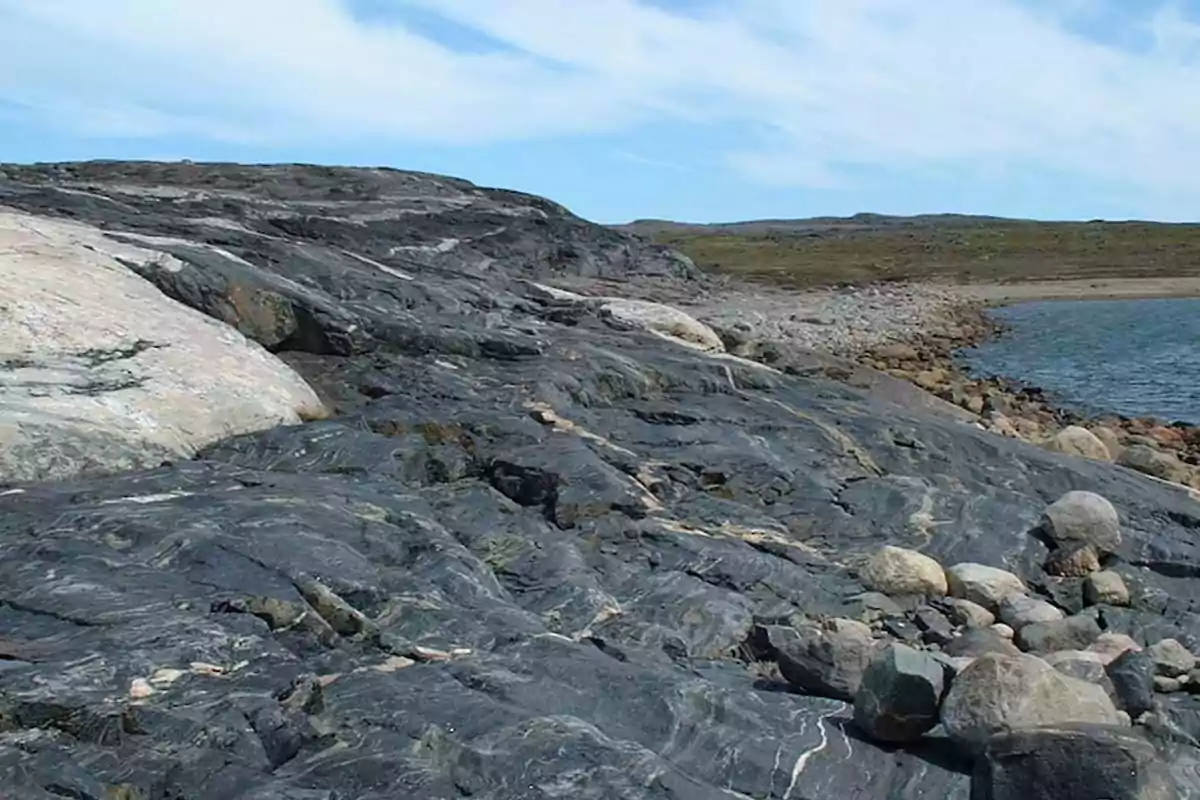
A geological time capsule
These rocks allow scientists to reconstruct how the Earth's crust formed and to understand the environment where life may have emerged.
"Understanding these rocks is going back to the origin of the planet," O’Neil stated. The finding opens new doors to study Earth's evolution before life as we know it existed.
More posts: